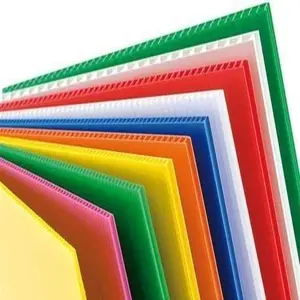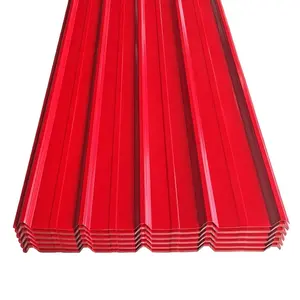
All categories
Featured selections
Trade Assurance
Buyer Central
Help Center
Get the app
Become a supplier














Hoàn thành các dự án lu lèn mặt đường và lu lèn đường của bạn một cách suôn sẻ và đúng thời hạn với phạm vi rộng lớn của Alibaba.com. tấm tôn sử dụng con lăn có tải trọng nặng và hoạt động trơn tru. Nếu tìm kiếm trọng lượng nặng và công suất cao. tấm tôn để lu lèn nhựa đường, đất, bê tông hoặc sỏi trong các công việc xây dựng, nông nghiệp hoặc nền móng, trang web này đã hỗ trợ bạn. Mua sắm từ các kiểu dáng, hình dạng và kích thước khác nhau. tấm tôn từ các nhà sản xuất và thương hiệu hàng đầu thế giới.
Có hàng trăm sản phẩm không có lỗi. tấm tôn có sẵn với trọng lượng từ 10 tấn đến 17 tấn. Chọn. tấm tôn với bánh răng van nhẹ hơn và xếp hạng mức tiêu thụ nhiên liệu tốt hơn, bao gồm trục rung, hình trụ, lưới, bánh trơn, chân cừu và con lăn chạy bằng khí nén. Hàng tồn kho của Alibaba.com chứa. tấm tôn với trống tĩnh, rung hoặc êm cùng với đồng hồ đo độ nén, hệ thống bảo vệ người lái và hệ thống nước.
Các. tấm tôn có sẵn với các hệ thống thủy lực chất lượng cao được thiết kế để tối ưu hóa năng suất và hiệu quả trong quá trình nén chặt các bề mặt khác nhau. Tìm thấy. tấm tôn với bánh trước và sau cao cấp mang lại hiệu quả nén chặt cao để hoàn thành các dự án xây dựng và làm đường khác nhau một cách trơn tru và hiệu quả. Nhiều. tấm tôn có các trống cán lớn hơn và nặng hơn được thiết kế đặc biệt để mang lại hiệu suất tốt hơn trong quá trình nén.
Bạn đang tìm kiếm loại cao cấp. tấm tôn từ các thương hiệu và nhà sản xuất hàng đầu? Mua sắm trên Alibaba.com để khám phá các sản phẩm hạng nặng và được thiết kế tốt với hiệu suất và mức tiết kiệm nhiên liệu khác nhau. So sánh phạm vi tuyệt vời này của. tấm tôn và các giao dịch để tìm các sản phẩm yêu thích được cung cấp với mức chiết khấu cao để phù hợp với ngân sách của bạn.